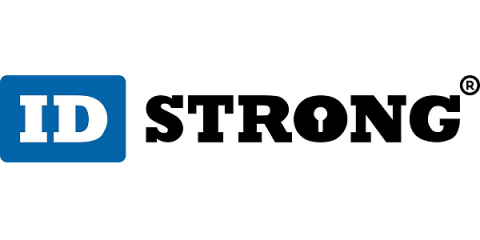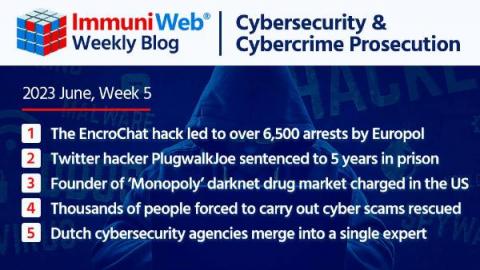Security | Threat Detection | Cyberattacks | DevSecOps | Compliance
Hacking
Former contractor accused of remotely accessing town's water treatment facility
A federal grand jury has indicted a former employee of a contractor operating a California town's wastewater treatment facility, alleging that he remotely turned off critical systems and could have endangered public health and safety. 53-year-old Rambler Gallor of Tracy, California, held a full-time position at a Massachusetts company that was contracted by the town of Discovery Bay to operate its water treatment plant.
Top Tips: How hackers use emojis to infect your devices
Emojis are now the widely understood language of our digital world.These tiny icons that add color and life to our messages are designed to enhance online interactions by letting us express emotions and thoughts in an easy way. But hackers are seeing them as an opportunity to infect devices and exploit our personal data.
ARx Patient Solutions Gets Hacked and Waits Months to Inform 40k Victims
ARx is a healthcare provider based in Kansas. The company specializes in drug delivery systems and works with many different healthcare facilities. During regular work, the company handles patient information and is in charge of healthcare details as well as personal information. According to ARx, it was hacked in 2022, and nearly 40,000 people could be exposed because of the attack.
Is Your Smartphone Hacked? Check Out These Signs and Find Out
Over 6,500 Arrested, Euro900M Seized In Three Years After 2020 EncroChat Hack
Read also: Twitter hacker sentenced to prison, police rescued over 2,700 people forced to carry out scams, and more.
The Three Different Types of Hackers
Hackers fall into one of three general categories: white hat hackers, black hat hackers and gray hat hackers. But these aren’t the only types of hackers that exist. There are also red hat hackers, green hat hackers, blue hat hackers and more. Read on to learn more about the types of hackers and what makes them different from one another.
Hacker Gang SigedSec Makes a Statement By Hacking Fort Worth, Texas
Fort Worth is the fifth largest city in the state of Texas and approximately the 12th largest in the United States. The city is home to over 900,000 people and maintains a staff of thousands of individuals. The state manages a substantial amount of data in its servers, including public and private information that could be harmful if taken and shared with people online. That's why we were worried when we noted the city was breached, and over 500,000 files were taken.
SolarWinds' Head Refuses to Back Down Amid Potential US Regulatory Action over Russian hack
According to an internal email obtained by CNN, the CEO of SolarWinds informed employees on Friday that the company plans to vigorously defend itself against potential legal action from US regulators over its handling of the 2020 breach by alleged Russian hackers.










